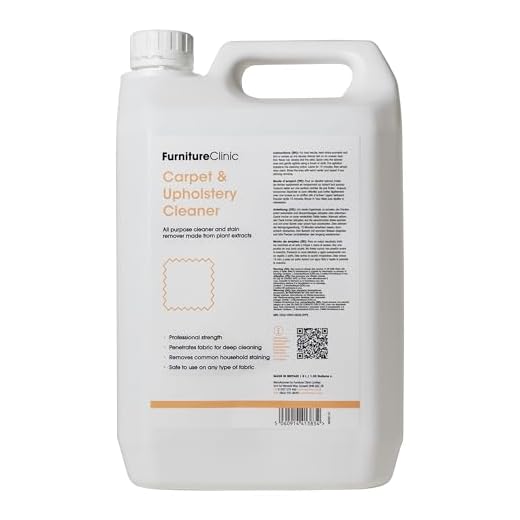




Mildew is a common problem that many people encounter on their fabric items. Whether it’s clothes, curtains, or upholstery, mildew can leave unsightly stains and a musty odor. While bleach is often used to remove mildew, it may not always be the best option, especially if you’re concerned about the effects of harsh chemicals on your fabric or if the fabric is not colorfast. Fortunately, there are several effective ways to remove mildew from fabric without the use of bleach.
Vinegar: One natural and effective method of removing mildew is to use vinegar. Vinegar is known for its antimicrobial properties, which make it an excellent option for killing mold and mildew. To use vinegar, mix equal parts white vinegar and water in a spray bottle. Spray the affected fabric generously, making sure to saturate it well. Then, let the fabric sit for about an hour before washing it as usual.
Baking Soda: Another natural remedy for removing mildew is baking soda. Baking soda is a versatile household product that can be used for cleaning, deodorizing, and even removing stains. To use baking soda, simply sprinkle it directly on the mildew stains and gently rub it into the fabric. Let it sit for a few hours, or overnight, and then brush off the baking soda using a soft brush. Finally, launder the fabric as usual.
Lemon Juice and Salt: If you prefer a more natural approach, lemon juice and salt can also be effective in removing mildew stains. Mix equal parts lemon juice and salt to form a paste. Apply the paste to the affected area and let it sit for about 30 minutes. Then, rinse the fabric with warm water and launder it as usual. Lemon juice is known for its bleaching properties, which can help to lighten mildew stains, while salt helps to scrub away the mold and mildew.
No matter which method you choose to remove mildew from fabric, it’s important to act quickly. Mildew can spread and cause further damage if left untreated. Additionally, be sure to test any cleaning solution on a small, inconspicuous area of the fabric before applying it to the entire stain. This will help to ensure that the cleaning solution does not cause any unwanted damage or discoloration to the fabric.
By using these effective methods, you can safely and successfully remove mildew from your fabric items without the use of bleach. Whether you prefer the natural properties of vinegar, the versatility of baking soda, or the power of lemon juice and salt, these alternatives are not only effective but also safe for most fabrics. Say goodbye to mildew stains and enjoy fresh, clean fabrics once again!
Safe and Natural Methods
When it comes to removing mildew from fabric, there are several safe and natural methods you can try that do not involve the use of bleach. These methods are not only effective but also gentle on fabrics, making them suitable for delicate items.
Vinegar Solution
One of the most popular natural methods for removing mildew is using a vinegar solution. To create this solution, mix equal parts white vinegar and water in a spray bottle. Generously spray the affected area with the solution and let it sit for at least 30 minutes. Then, use a soft brush or cloth to gently scrub the mildew stains. Rinse the fabric thoroughly with water and allow it to air dry.
Baking Soda Paste
Baking soda is another effective natural remedy for removing mildew from fabric. Create a paste by mixing baking soda with a small amount of water until it forms a thick consistency. Apply the paste directly to the mildew stains and let it sit for about 15 minutes. Then, scrub the stains with a soft brush or cloth. Rinse the fabric and air dry it.
Hydrogen Peroxide
Hydrogen peroxide is known for its disinfectant properties and can also be used to remove mildew from fabric. Mix equal parts hydrogen peroxide and water in a spray bottle. Spray the solution onto the affected area and let it sit for 10-15 minutes. Gently scrub the stains with a soft brush or cloth, then rinse and air dry the fabric.
Lemon Juice
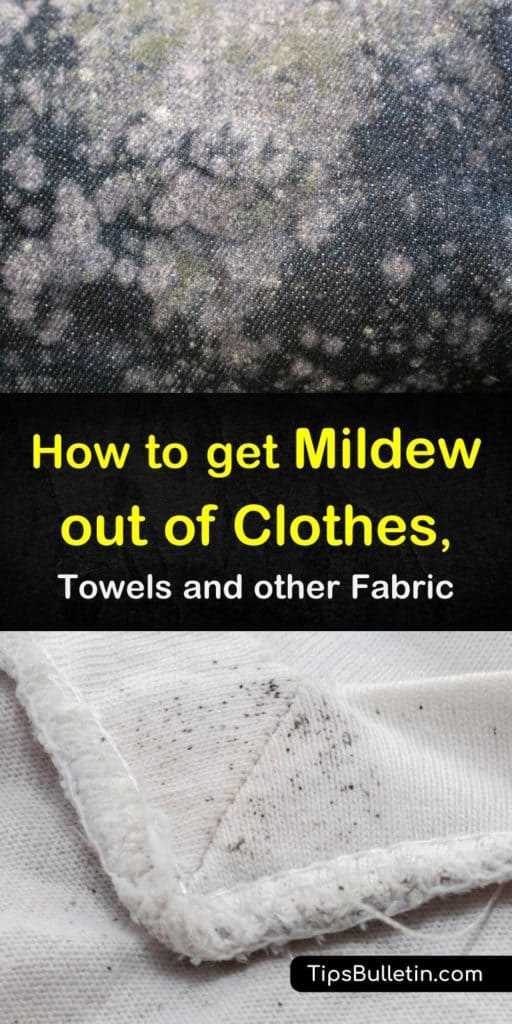
Lemon juice is a natural bleaching agent and can help remove mildew stains from fabric. Squeeze fresh lemon juice onto the affected area and let it sit in the sun for a few hours. The sunlight combined with the acidity of the lemon juice will help lighten and eliminate the mildew stains. Rinse the fabric thoroughly and allow it to air dry.
Preventing Mildew
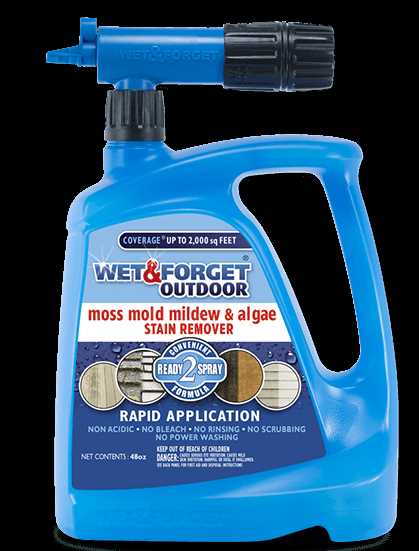
In addition to these natural methods, it’s important to take preventive measures to avoid mildew growth in the first place. Make sure fabrics are completely dry before storing them, as moisture can promote mildew growth. Keep the storage area clean, well-ventilated, and free from excess humidity. Regularly inspect and wash your fabrics to prevent mildew from taking hold.
By using these safe and natural methods to remove mildew from fabric, you can effectively eliminate stains without resorting to harsh chemicals like bleach. These methods are not only eco-friendly but also gentle on fabrics, ensuring that your items remain in good condition.
Using Vinegar and Baking Soda
One effective way to remove mildew from fabric without the use of bleach is by using a combination of vinegar and baking soda. Both vinegar and baking soda are natural, non-toxic ingredients that can help remove mildew stains and odors.
Step 1: Preparing the Fabric
- Start by brushing off any loose mildew from the fabric using a soft brush or cloth.
- If the fabric is washable, remove any removable parts or accessories and pretreat the stain with a stain remover or liquid laundry detergent. Let it sit for a few minutes before washing.
- If the fabric is not washable, proceed to the next step.
Step 2: Applying Vinegar
- Fill a spray bottle with white distilled vinegar.
- Spray the vinegar directly onto the mildewed areas of the fabric, making sure to saturate the stains.
- Allow the vinegar to sit on the fabric for at least 30 minutes to an hour. This will help kill the mildew and loosen the stains.
Step 3: Scrubbing with Baking Soda
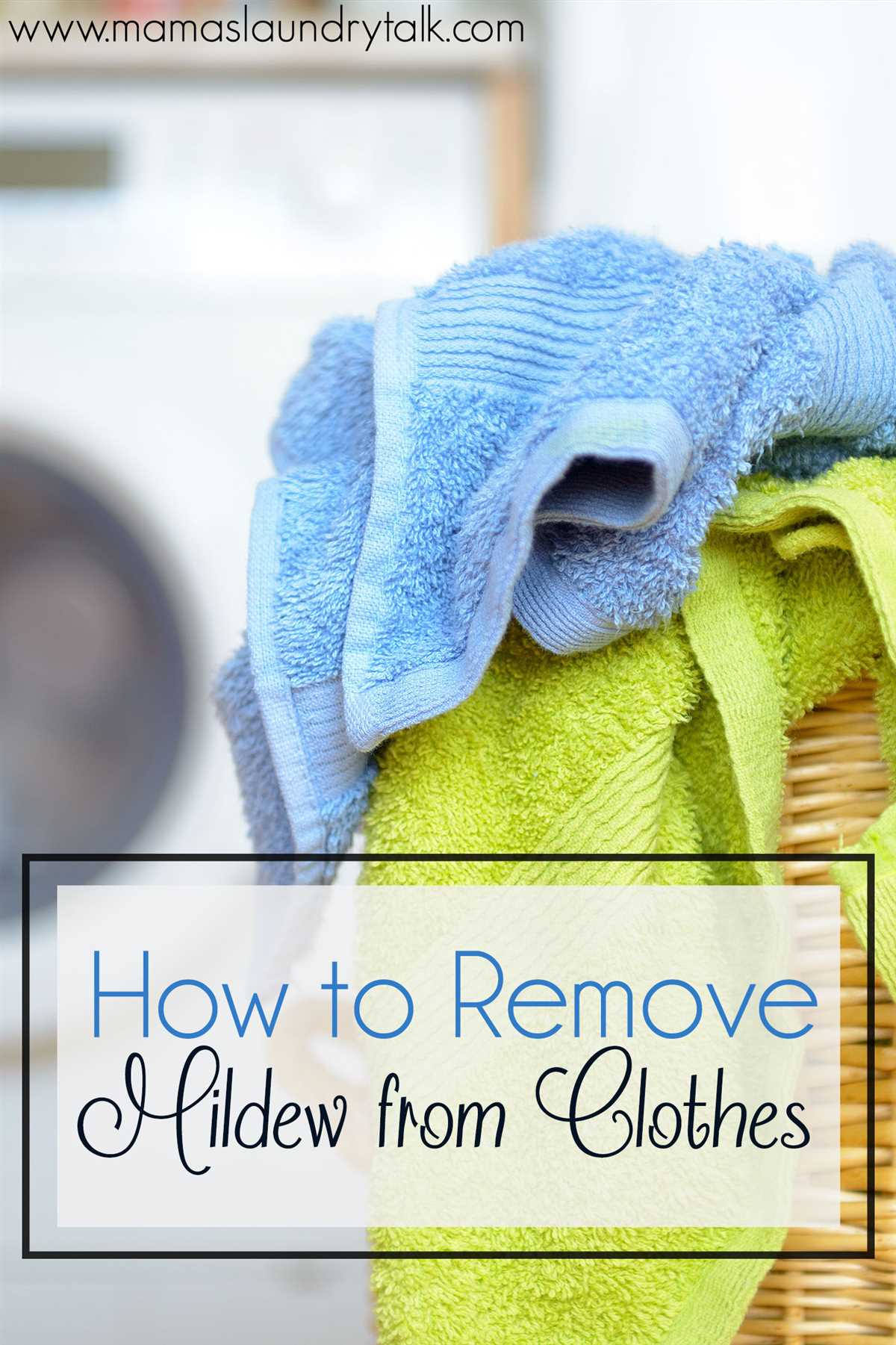
- In a separate bowl, mix baking soda with a small amount of water to create a paste-like consistency.
- Using a soft brush or cloth, gently scrub the baking soda paste onto the mildewed areas of the fabric.
- Let the baking soda paste sit on the fabric for another 30 minutes to an hour.
Step 4: Washing the Fabric
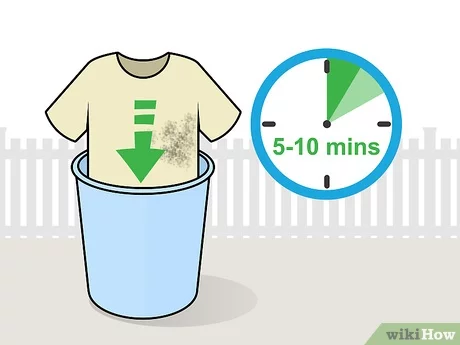
- If the fabric is washable, launder it as usual using a mild detergent and the warmest water temperature recommended for the fabric.
- If the fabric is not washable, use a clean, damp cloth to remove the vinegar and baking soda residue from the fabric.
Using vinegar and baking soda can effectively remove mildew stains and odors from fabric without the use of bleach. However, it is always recommended to test the solution on a small, inconspicuous area of the fabric before applying it to the entire fabric to ensure compatibility and prevent any potential damage.
Lemon Juice and Salt Solution
Lemon juice and salt can be an effective natural solution for removing mildew from fabric without using bleach. The acidic properties of lemon juice and the abrasive quality of salt work together to eliminate mildew stains and odor.
Materials:
- Lemon juice
- Salt
- Warm water
- Spray bottle
- Clean cloth or sponge
Instructions:
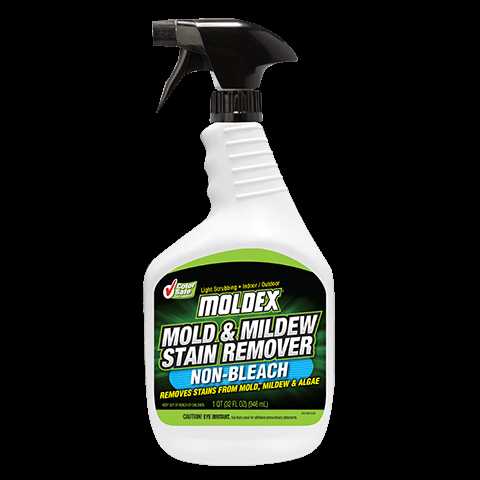
- Mix equal parts lemon juice and salt in a bowl to create a paste.
- Add a small amount of warm water to the paste to make it easier to apply.
- Transfer the mixture into a spray bottle for easy application.
- Spray the lemon juice and salt solution directly onto the mildew stains on the fabric.
- Gently scrub the stained area with a clean cloth or sponge, applying moderate pressure.
- Allow the solution to sit on the fabric for 10-15 minutes to penetrate the mildew and loosen the stains.
- Rinse the fabric with warm water to remove the lemon juice and salt solution.
- If the stains persist, repeat the process or try alternative methods.
Precautions:
Before using lemon juice and salt solution on the fabric, it is essential to test it on a small, inconspicuous area first to ensure that it does not damage or discolor the fabric. Additionally, avoid using this method on delicate or fragile fabrics.
| Pros | Cons |
|---|---|
| Effective in removing mildew stains | May not work on severe or old stains |
| Environmentally friendly alternative to bleach | Requires manual scrubbing |
| Natural, non-toxic ingredients | Potential fabric discoloration |
Overall, lemon juice and salt solution can be a viable option for removing mildew from fabric without resorting to bleach. It is important to follow the instructions carefully and use caution when applying the solution to avoid any potential damage to the fabric.
Hydrogen Peroxide and Borax Paste
Hydrogen peroxide and borax together make a powerful and effective mildew remover for fabrics. Both ingredients have antimicrobial properties that help kill mildew spores and prevent further growth.
Here is how you can make and apply a hydrogen peroxide and borax paste to remove mildew from fabric:
-
Ingredients:
- Hydrogen peroxide
- Borax
- Water
-
Instructions:
- Mix equal parts hydrogen peroxide and borax in a bowl.
- Add a small amount of water to create a paste-like consistency.
-
Application:
- Apply the paste directly onto the mildew stains on the fabric.
- Use a soft brush or sponge to gently scrub the paste into the fabric.
- Leave the paste on the fabric for at least 30 minutes to allow it to penetrate and kill the mildew.
-
Rinsing:
- Rinse the fabric thoroughly with clean water to remove the paste and any residue.
- Repeat the process if necessary until the mildew stains are completely gone.
-
Drying:
- After rinsing, allow the fabric to air dry in a well-ventilated area.
- Inspect the fabric to ensure that the mildew stains are completely removed before drying.
This hydrogen peroxide and borax paste can be used on various types of fabrics, including clothing, curtains, and upholstery. However, it is always recommended to test the paste on a small, inconspicuous area of the fabric first to check for any adverse reactions or color fading.
Prevention Techniques
Mildew can be a common problem on fabrics, especially in damp or humid environments. To prevent mildew from forming on your fabrics, consider the following techniques:
1. Proper Storage
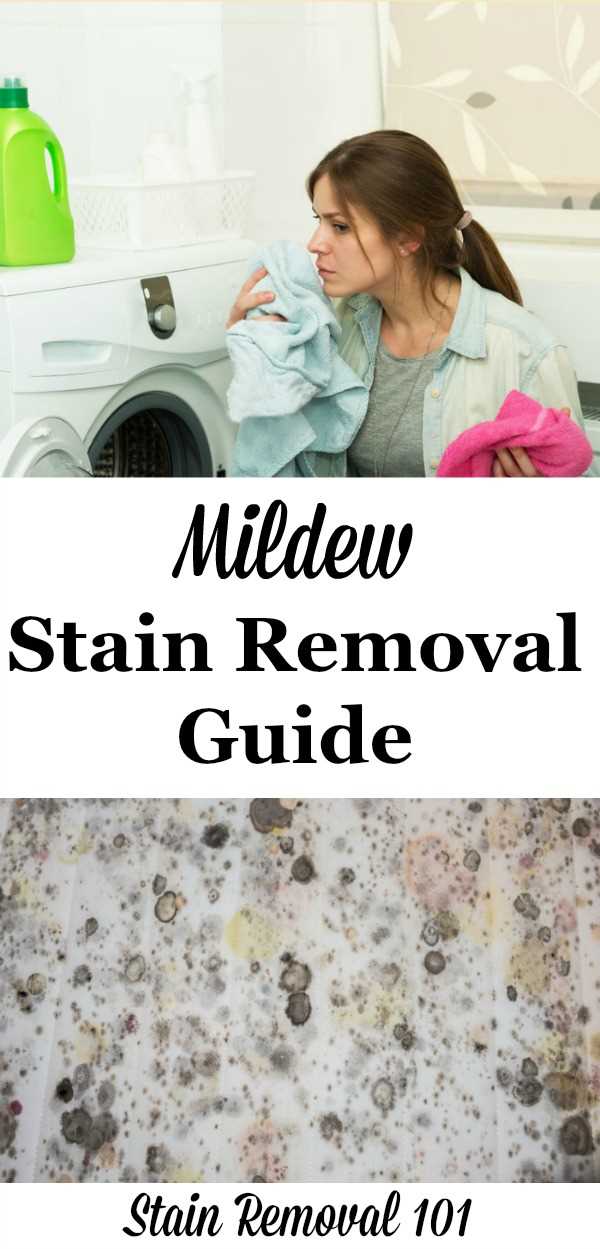
Ensure that fabrics are stored in a clean and dry environment. Avoid storing fabrics in dark and humid areas such as basements or attics, as these conditions can promote the growth of mildew.
2. Adequate Air Circulation
Promote air circulation by opening windows, using fans or dehumidifiers. This helps to reduce moisture levels in the air, making it less conducive for mildew growth.
3. Regular Cleaning
Regularly clean fabrics to prevent the accumulation of dirt, dust, and other organic matter that can provide a breeding ground for mildew. Follow the fabric’s care instructions for proper washing techniques.
4. Sunlight Exposure
Whenever possible, expose fabrics to direct sunlight as sunlight has natural disinfecting and drying properties. Hang fabrics outdoors or in a well-ventilated area to allow them to air out and receive sunlight.
5. Use Moisture-Absorbing Products
Consider using moisture-absorbing products such as silica gel or dehumidifiers in areas with high humidity to help reduce moisture levels and prevent mildew growth.
6. Properly Drying Fabrics
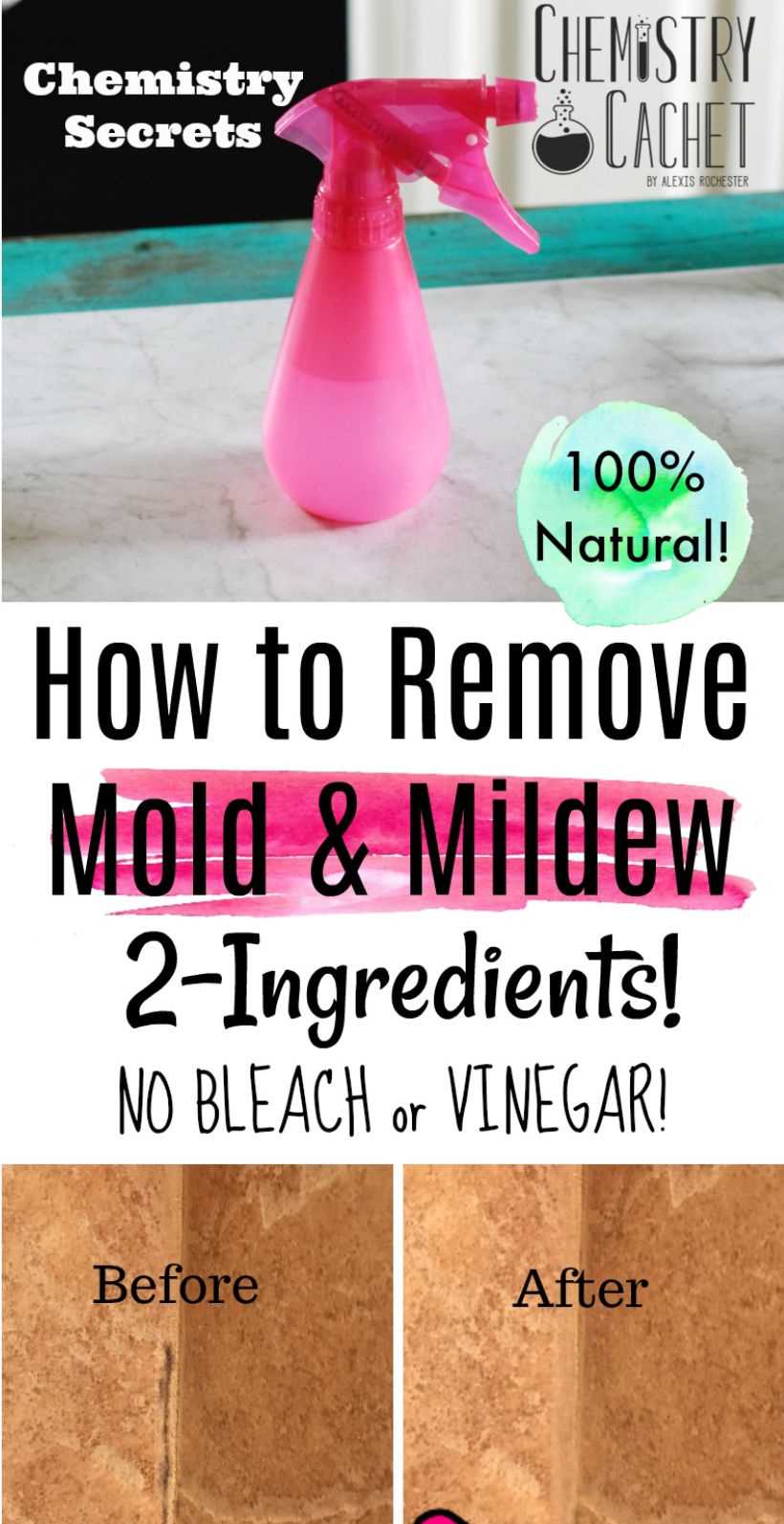
Ensure that fabrics are completely dry before storing them to prevent the growth of mold and mildew. Avoid folding or storing fabrics that are still damp, as this can trap moisture and promote mildew growth.
By following these prevention techniques, you can help protect your fabrics from mildew and keep them in good condition for longer periods.
Proper Ventilation
Proper ventilation is essential to prevent the growth of mildew on fabric. Mildew thrives in warm and humid environments, and inadequate ventilation can create the perfect conditions for mildew to develop. By ensuring proper airflow, you can effectively inhibit the growth of mildew and keep your fabrics fresh and clean.
Here are some tips to promote proper ventilation:
- Open windows and doors to allow fresh air to circulate in the room. This will help reduce humidity levels and eliminate moisture that encourages mildew growth.
- Use fans or air conditioning units to improve air circulation. Fans can help dry out the air and reduce humidity, while air conditioning units can remove excess moisture from the atmosphere.
- Avoid blocking air vents or obstructing the flow of air in the room. Furniture or other objects placed in front of air vents can restrict ventilation and create stagnant areas where moisture can accumulate.
- Consider using dehumidifiers to reduce humidity levels in the room. Dehumidifiers help extract moisture from the air, making it less conducive for mildew growth.
- Regularly clean and maintain air filters in ventilation systems. Dirty filters can inhibit proper airflow and contribute to increased humidity levels.
By following these tips and ensuring proper ventilation, you can significantly reduce the risk of mildew growth on your fabric items.
Storage Tips
Proper storage of fabric can help prevent the growth of mildew. Here are some storage tips to keep your fabric items mildew-free:
1. Clean and Dry
Before storing fabric items, make sure they are clean and completely dry. Mildew tends to develop in damp conditions, so it’s important to remove any moisture from the fabric.
2. Use airtight containers
Store fabric items in airtight containers to prevent moisture from getting in. Use plastic bins or vacuum-sealed bags to create a barrier against humidity and moisture.
3. Avoid cardboard boxes
Cardboard boxes can attract moisture and promote mildew growth. Instead, opt for plastic containers with tight-fitting lids to store your fabric items.
4. Choose a cool, dry area
Find a storage area that is cool and dry to prevent mildew growth. Avoid areas that are susceptible to high humidity, such as basements or attics.
5. Keep fabrics off the floor
Elevate your fabric items off the floor to prevent them from absorbing any moisture that may be present. Use shelves or pallets to keep fabric off the ground.
6. Check regularly
Regularly check stored fabric items for any signs of moisture or mildew. If you notice any, remove the fabric and treat it immediately to prevent further damage.
7. Use desiccants
Consider using desiccants, such as silica gel packs, to absorb any excess moisture in the storage containers. This can help maintain a dry environment and prevent mildew growth.
8. Air out periodically
Every few months, air out your stored fabric items by taking them outside on a dry day. This can help remove any trapped moisture and prevent mildew from developing.
9. Avoid direct sunlight
While it’s important to keep fabric items in a well-ventilated area, it’s best to avoid direct sunlight. Prolonged exposure to sunlight can fade the fabric and weaken its fibers.
10. Use mothballs or cedar chips
To further protect your stored fabric items, consider using mothballs or cedar chips. These natural deterrents can help prevent insect infestations and keep your fabric fresh.
By following these storage tips, you can keep your fabric items free from mildew and ensure their longevity. Remember that prevention is key, so take the necessary precautions to create an environment that is inhospitable to mildew growth.
FAQ
What is mildew and why is it a problem?
Mildew is a type of fungus that thrives in damp and humid conditions. It can grow on various surfaces, including fabric. It is a problem because it can cause stains, odors, and potentially damage the fabric if left untreated.
Is bleach the only effective way to remove mildew from fabric?
No, bleach is not the only effective way to remove mildew from fabric. There are several alternative methods that can be just as effective, without the use of bleach.
What are some effective ways to remove mildew from fabric without bleach?
There are several effective ways to remove mildew from fabric without bleach. One method is to create a mixture of vinegar and water and apply it to the affected area. Another method is to use hydrogen peroxide or lemon juice. Additionally, sunlight and fresh air can also help remove mildew from fabric.
How do I use vinegar and water to remove mildew from fabric?
To use vinegar and water to remove mildew from fabric, create a mixture of equal parts vinegar and water. Apply the mixture to the affected area and scrub gently with a brush or sponge. Rinse the fabric thoroughly and allow it to air dry.
Can hydrogen peroxide effectively remove mildew from fabric?
Yes, hydrogen peroxide can be an effective way to remove mildew from fabric. Apply a small amount of hydrogen peroxide to the affected area and allow it to sit for a few minutes. Rinse the fabric thoroughly and launder as usual.
How does sunlight help in removing mildew from fabric?
Sunlight can help remove mildew from fabric by killing the fungus. Simply place the fabric in direct sunlight for several hours. The UV rays will help kill the mildew and eliminate any stains or odors.
Are there any preventive measures to avoid mildew on fabric?
Yes, there are several preventive measures to avoid mildew on fabric. Ensure that the fabric is stored in a dry and well-ventilated area. Avoid leaving damp or wet clothes sitting for long periods of time. Regularly clean and air out fabrics to prevent the growth of mildew.

